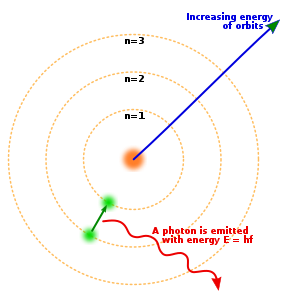A transformation of 14 seven-branched candelabrums into a new sculptural form. The formal simplicity of the artwork is inversely proportional to its interpretive ambiguity. The candelabra cancels out the possibility of us lighting a candle – it negates. Or does it? The candelabra, which was introduced to the Danish church by Grundtvig and subsequently popularized, appears here in a shape that references Niels Bohr’s atomic model¹ and Plato’s blueprint of the concentric rings of Atlantis².
The item’s first appearance, in a biblical arena, was in Exodus 25:31-40 in the Old Testament, where God bestows Moses the 10 commandments on the Sinai Mountain, but also describes a 7-branched golden lampstand and ushers him to create it with a set of instructions. The original lampstand, which is depicted on the south inner panel of the Arch of Titus in Rome, was stolen in 70 AD from Jerusalem by the Romans. Since then it vanished as a Jewish symbol and was shanghaied by the Christians. It was first in 1948 when the state of Israel picked their state symbol it was assigned new ownership. In Hebrew the lampstand is named menorah, which translates to, (electric) light-bulb or ‘el-pære’ in Danish – el being Aramaic, meaning ‘shining one’. In Mexico on the ancient Toltec carvings, seven headed serpents were portrayed and dated 5000 BC; petroglyphs in Khakassia Siberia depicted figures with Medusa-like heads totaling seven branches.
The 7 branched lampstand has a quite remarkable place in Danish heritage and in churches across all of Denmark³. It was introduced by the Danish bishop, author and philosopher NFS Grundtvig. The largest church in Denmark, Marmorkirken, has the original lampstand which were gifted to Grundtvig by the Queen of Denmark, Caroline Amalie, in 1861. A silver 7-branched lampstand is also the centerpiece in the cathedral of Aarhus, the second largest city in Denmark. The oldest church in Denmark, Ribe Cathedral, also has a version of the lampstand. The lampstands were mass-produced, and became household items, after Grundtvig made them church-fashion in Denmark.
The 7 branches of the lampstand might be a symbol of the 7 days of the week, or the 7 days that it took for God to create Earth while resting on the 7th. It could also be the seven classical planets in antiquity, the 7 archangels from the book of Enoch. The book of Enoch, which were scrubbed from the bible, also contains descriptions of angels; like in Ezekiel’s angelic vision, where it is written:
I looked, and I saw beside the cherubim four wheels, one beside each of the cherubim; the wheels sparkled like chrysolite.
As for their appearance, the four of them looked alike; each was like a wheel intersecting a wheel.
__
¹Niels Bohr’s model of the Atom: https://en.wikipedia.org/wiki/Bohr_model
²Plato’s map of Atlantis: https://www.faculty.umb.edu/gary_zabel/Courses/Phil%20281b/Philosophy%20of%20Magic/Pythagoras,%20Empedocles,%20Plato/atlantis-and-her-3.jpg
³Grundtvig and a brief QA with Rabbi Bent Lexner and Priest Kristine Hestbech about the origin of the 7-branched lampstand in Denmark: https://www.religion.dk/sp%C3%B8rg-om-kristendom/2006-09-27/grundtvig-indf%C3%B8rte-den-syvarmede-lysestage